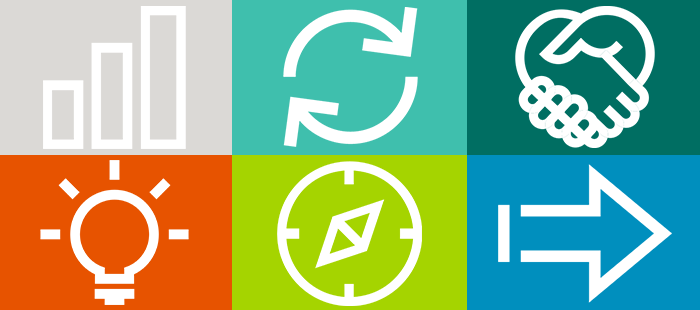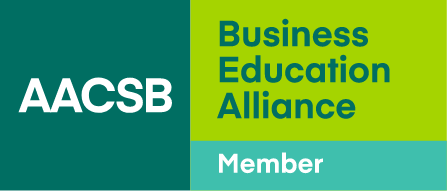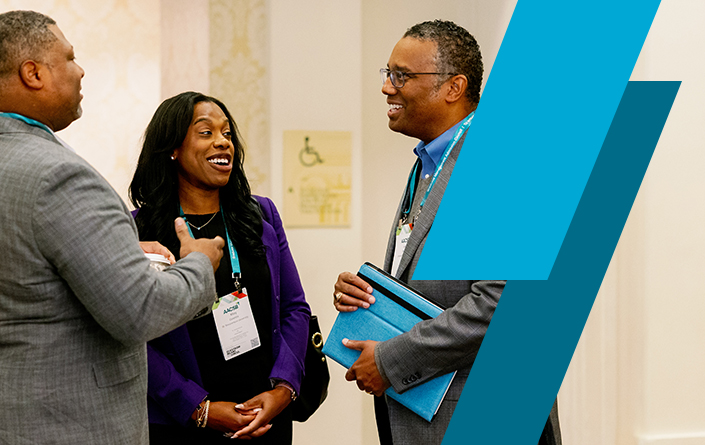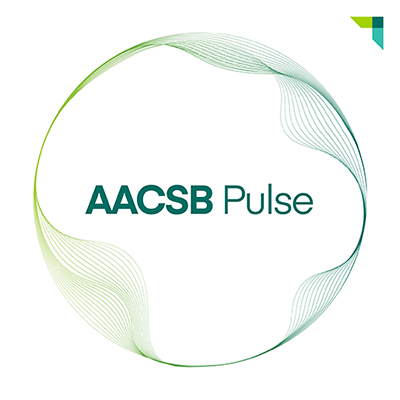Moving Forward: Sustainable Development Goals and Business Schools
More than three and a half years since the launch of the United Nations Sustainable Development Goals (SDGs)—a set of 17 Global Goals and many more targets—governments, companies, and organizations around the world are busy planning, implementing, and partnering around the goals. These goals will continue to guide national priorities and influence strategy within the business sector over the next 15 years.
The first step in understanding how to move closer to the goals is to understand where we are now. I recently looked at every annual report submitted in 2018 by schools that are signatories to the U.N. Principles for Responsible Management Education (PRME). Over 800 schools, including many AACSB-accredited schools, are signatories. The reports were an interesting opportunity to see first of all if schools are aware of and engaging in the SDGs, but also to see what actions they are taking toward achieving them.
More schools each year are engaging in and contributing to the SDGs (beyond the assumed contributions around providing quality education—SDG 4), and some of the most innovative, and potentially impactful, ideas for moving the goals forward are coming from smaller and lesser-known universities around the world. This development is exciting and necessary and—who knows?—might just change everything.
Despite an increased number of interesting examples, business schools continue to lag behind in their efforts, which is surprising in many ways given the importance and relevance of these goals to their operations, programs, research, and partnerships. Questions probing the disconnection between business schools and global events are still common at conferences that address the present and future of business education: Do the Global Goals, like sustainability and CSR before it, really have any chance of being taken seriously in the business school of today? At what point do these topics become important enough to business education leaders to be taken seriously? If the business community started taking initiative years ago, why isn’t the business school community in sync? What needs to change in business schools to enable them to adapt and contribute more effectively?
There is no one way of engaging in the SDGs, but here are 10 examples of ways schools have started these discussions:
1. Let your community know what the SDGs are and why they are important. Gothenburg School of Business, Economics and Law in Sweden, in addition to embedding the SDGs across the school, focuses in on raising awareness around the goals during their annual Sustainability Days. Students have access to a variety of different sessions, including a mandatory session on the challenges involved in implementing the SDGs.
2. Find out where you stand … and where you want to go. Sobey School of Business in Canada conducted a faculty survey in 2017 to learn more about current inclusion of the SDGs in course curriculum, as well as to determine what kind of success or challenges they had encountered during the process of embedding and mapping.
3. Support your staff. At Federation Business School (FBS) in Australia, the SDG Project is an initiative aiming to assist FBS lecturers to embed the SDGs into their courses and programs by sharing with them a range of information, weblinks, tools, resources, and additional support.
4. Reach out to future students. The University of Beirut in Lebanon organizes an annual national competition called Sustainable Minds, where secondary school students are invited to create short videos demonstrating their understanding of the 17 SDGs.
5. Assign responsibility. The SoM Sustainability Team at Politecnico di Milano School of Management was created to strengthen the sustainability culture at the school and embed the SDGs across the curriculum, programs, research, partnerships, and events.
6. Connect research with the SDGs. Hult International Business School faculty are encouraged to consider how the SDGs could be relevant to their research when submitting research funding proposals and are encouraged to articular how their research considers and contributes to the SDGS.
7. Leverage your partnerships. Some centers have partnered with leading SDG organizations globally. Universidad de los Andes is home to the SDG Center for Latin America and the Caribbean. At the University of Cape Town’s Graduate School of Business, the Bertha Centre was chosen by the United Nations Development Programme to be part of a group of nine universities worldwide working to develop a research agenda to better leverage private investment to finance the Global Goals.
8. Engage the business community. A number of business schools in the United Kingdom organized the SDG Roadshow, a series of events that took place in 11 of the U.K.’s biggest cities and connected business leaders and academics to discuss how to make the Global Goals local. The Roadshow brought together 31 local partners in engaging over 8,000 people.
9. Focus on solutions and implementation. BI Norwegian Business School is part of the Global Opportunity Explorer, a joint project with a number of businesses created on the conviction that the SDGs offer myriad business opportunities with great value to companies, society, and the environment. The initiative maps cutting-edge innovation and new markets but also aims to help leaders, entrepreneurs, and investors connect with new partners in pursuit of Global Goals progress.
10. Track and communicate your progress. A growing number of schools are integrating the SDGs into their reporting; for example, Kemmy Business School in Ireland highlights how their research and initiatives contribute to the individual SDGs.
Once the business education community all come on board, only then will the Global Goals truly start moving forward. The next time I write about the SDGs for AACSB, my plan (and hope) is that it will be to show off the collective and internationally recognized impact of business schools.






